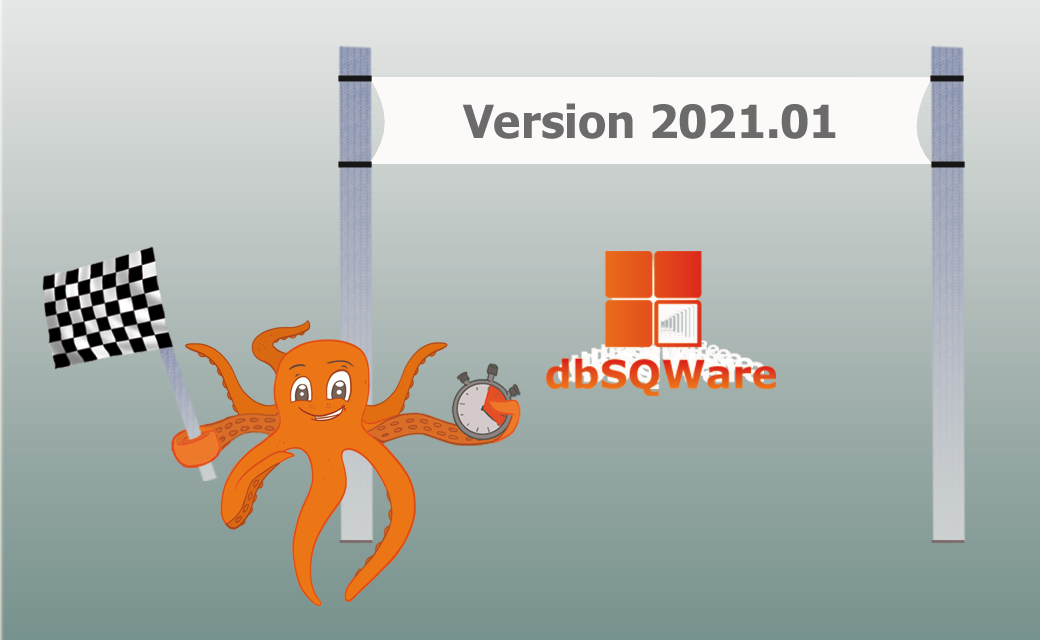 – “By the way, what’s the point of making database backups? »
– “By the way, what’s the point of making database backups? »
As its name suggests, a database is a structured collection of data. It consists of files in which the data is stored.
It is created and managed by a database management system (DBMS) which, among other things, allows data to be recorded, searched for, sorted and modified.
Data is at the heart of business activity. It is extremely valuable and its loss can be devastating when there is no copy.
This is why it is essential to make backups of the databases.
There are several types of backup:
– the “full backup”: all the files of a database are copied
– the “incremental backup”: only the blocks of files that have been modified since the last backup are copied
– the “log backup” (redo log, transaction log, wal or xlog): transaction log files are copied. These files are used to memorize all the modifications carried out on a database.
Backups can be made:
– cold: when the database is stopped
– or hot: when the database is active.
Once the backups have been made, it is then possible to recover the data if necessary.
And since trust does not exclude control, it is a good idea to check compliance with the backup policy on a daily basis across the entire database.
 – “Restoring a database, what does it consist of? »
– “Restoring a database, what does it consist of? » dbSQWare version 2022.01 is released!
dbSQWare version 2022.01 is released! – “By the way, what’s the point of making database backups? »
– “By the way, what’s the point of making database backups? » We couldn’t end the year without releasing a new version of our DBMS management and maintenance software.
We couldn’t end the year without releasing a new version of our DBMS management and maintenance software. dbSQWare is DBMS operation and maintenance software.
dbSQWare is DBMS operation and maintenance software. The 2021.05 version of dbSQWare has just been released!
The 2021.05 version of dbSQWare has just been released! Version 2021.04 of dbSQWare has been released!
Version 2021.04 of dbSQWare has been released! The version 2021.03 of dbSQWare is released!
The version 2021.03 of dbSQWare is released! The version 2021.02 of dbSQWare has just been released!
The version 2021.02 of dbSQWare has just been released! New year … New version …
New year … New version …